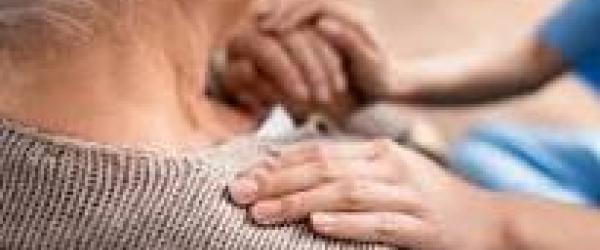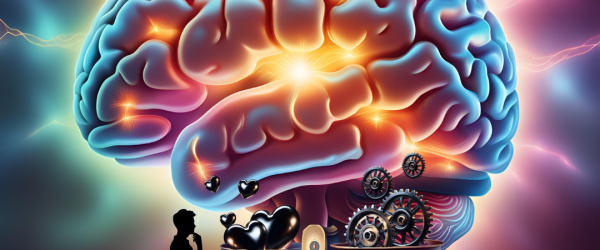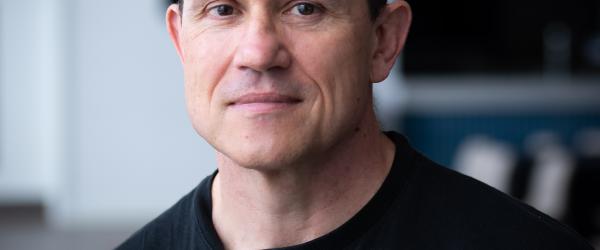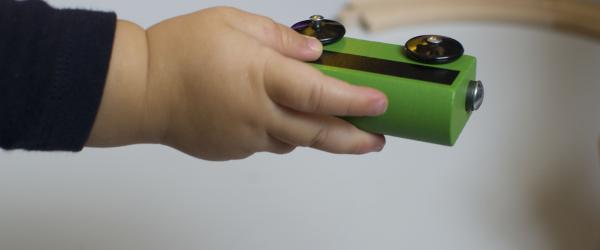Nouvelle publication dans Frontiers in Aging Neuroscience de Léonard SAMAIN-AUPIC, Mariama DIONE, Edith RIBOT-CISCAR, Rochelle ACKERLEY & Jean-Marc AIMONETTI - Equipe MULTISENSE & BODY
"Relations between tactile sensitivity of the finger, arm, and cheek skin over the lifespan showing decline only on the finger"
Touch sensitivity generally declines with age, contributing to loss of manual dexterity and tactile function. We investigated how touch changes over the lifespan, using different tests and on three body sites. We used a classical test of force detection sensitivity, where calibrated monofilaments were applied passively to the right index finger pad, forearm, and cheek. In addition, at the index, we used an active touch spatial discrimination task, developed by our group. Spatial discrimination was estimated through participants' ability to evaluate the distance between parallel bands printed on acrylic plates. Data were collected from 96 healthy women, aged 20–75 years. Force detection and tactile spatial discrimination on the index deteriorated significantly with age; however, no change was found for tactile detection on the forearm or cheek. Tactile detection on the cheek remained remarkably highly sensitive throughout life. There was a significant positive relationship between force detection and spatial discrimination on the index. Further, force detection on the forearm was significantly associated with detection on the index and cheek. Our results suggest a decrease in touch perception with age on the index finger pad, yet a preservation of tactile sensitivity in hairy skin. This opens discussion about the impact of daily activities upon the glabrous hand skin and on the function of hairs in tactile sensitivity. We highlight the need for new methods in evaluating tactile sensitivity on hairy skin.
Article ici
Dans la presse : France Info "La sensation d'un baiser sur la joue survit aux décennies" Ecouter
















